The US has secretly been testing its new LRSO nuclear cruise missile
- By Alex Hollings
Share This Article
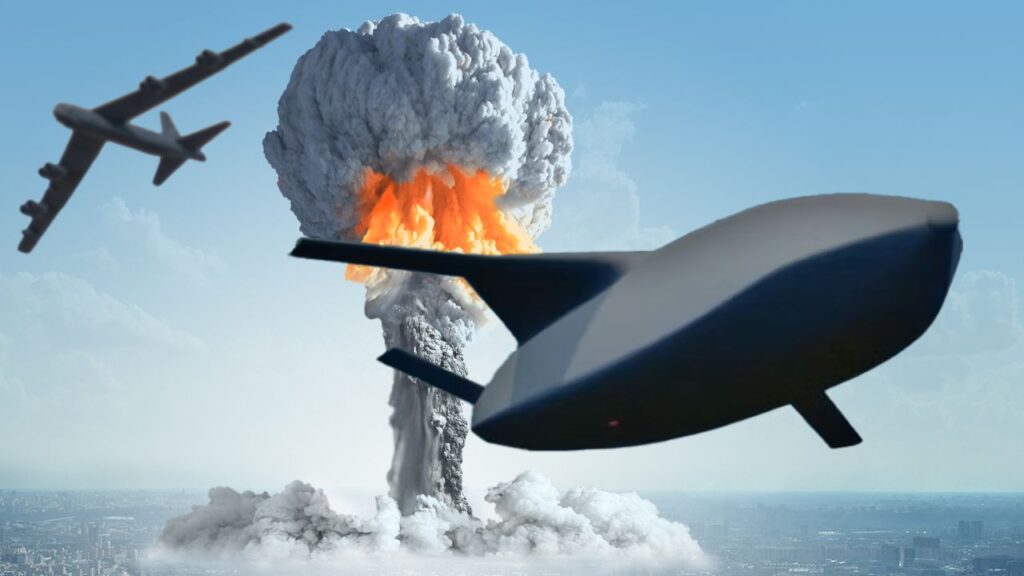
Recently released documents show that the United States has conducted at least nine flight tests of a new long-range nuclear cruise missile meant to be carried by America’s B-52 and forthcoming B-21 Raider bombers. While details about this new missile, dubbed the AGM-181A Long Range Stand Off cruise missile (LRSO), remain limited, these successful tests suggest the weapon is well on its way to entering service before the close of the decade.
While development on the LRSO has been no secret, discussions about this new nuclear-capable cruise missile have been rather muted in recent years. In fact, as far as Sandboxx News can tell, only one of the nine successful flight tests to date had previously been revealed. Word of the rest of these tests only reached the public in early October, when Air & Space Forces Magazine’s Editorial Director John Tirpak came across their inclusion in a 2022 Selected Acquisition Report (SAR). Although the report was dated December 2022, it was only released some weeks ago.
The LRSO is slated to replace America’s aging fleet of AGM-86B Air Launched Cruise Missiles (ALCM). Its road to service began in 2017 with contracts awarded to both Lockheed Martin and Raytheon to develop competing designs. By 2020, the Air Force announced their decision to move forward with Raytheon’s design, moving Lockheed Martin into a support role rather than removing them from the effort.
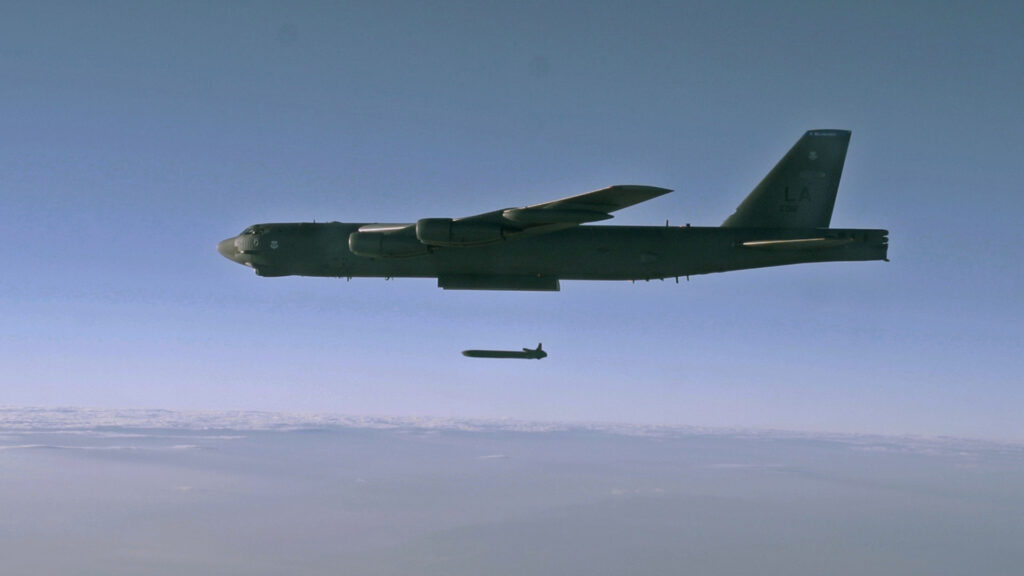
This new long-range weapon will be part of the venerable B-52 Stratofortress’ nuclear arsenal, but will also be carried internally by the forthcoming B-21 Raider – America’s new stealth bomber in active development.
Although there were nine successful flight tests listed in the report, it appears as though the missile itself was only flown in four of them. The other five included things like captive-carry flight tests, where the missile is carried either internally or externally by aircraft to ensure its size, shape, dimensions, or mounting points don’t cause any unforeseen issues. Based on the information within the report, at least one of the successful flight tests was conducted with what was almost certainly an inert test article based on the W80-4 nuclear warhead.
The Warzone was able to confirm this test via the Department of Energy’s National Nuclear Security Administration’s Stockpile Stewardship and Management Plan, which highlighted the test’s success.
“The LRSO and W80-4 Life Extension Program joint test teams completed the first powered flight test of a LRSO Cruise Missile with W80-4 Warhead released from a B-52 aircraft. The missile successfully released from the aircraft, powered its engine, and executed all in-flight maneuvers,” the report states.
The W80-4 warhead is a life-extension program for the “dial-a-yield” W80-1 warheads already in service. These weapons come with two different yield settings: they are able to produce a relatively small five-kiloton blast (about one-third the power of the bomb dropped on Hiroshima in 1945), or a much larger 150-kiloton blast – or about 10 times the power of the Hiroshima bomb.
This weapon is being designed primarily to serve as a long-range portion of the airborne leg of America’s nuclear triad, but the Defense Department has not ruled out the possibility of also fielding a conventionally armed variant for more tactical strikes. Early documents suggest plans to produce 1,020 missiles for service with 67 additional test articles, but it’s unclear if those figures have shifted in the years since the program’s announcement.
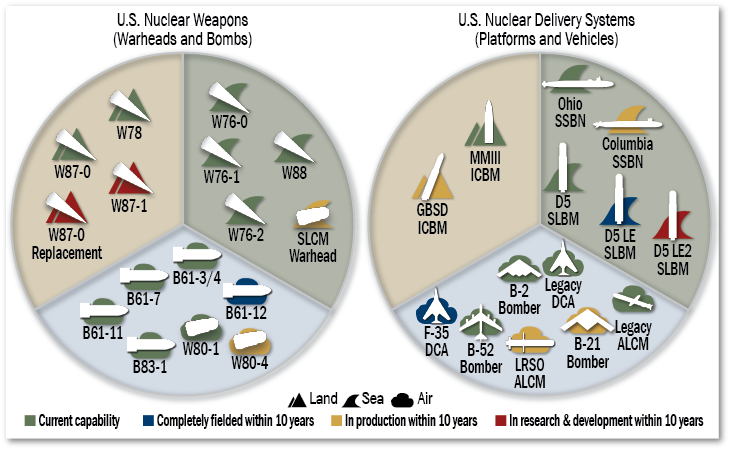
Initially, plans called for this missile to enter service in 2030, but it now appears that the weapon could be ready much earlier. As a result, the hold-up may just be the W80-4 program, which is expected to be complete in 2027.
Like the vast majority of new Air Force weapons and platforms, the LRSO is being designed with an open software and hardware architecture, which should allow the branch to take competing bids on upgrades and update efforts in the future from a variety of firms, bringing down the cost of keeping this new missile viable for years – or likely decades – to come.
The B-52H is a highly capable and cost-efficient bomber, but it’s not sneaky. While the Air Force does maintain an inventory of nuclear bombs, air-launched cruise missiles make it possible for bombers like the modern B-52H to deploy nukes from stand-off ranges, or well outside the reach of enemy air defenses or even combat air patrols.
Read more from Sandboxx News
- Russia’s Free Companies and their medieval counterparts
- The ultimate test of Special Forces’ nerves
- Israel’s 9/11 and the next steps for Tel Aviv
- Army misses its recruiting goal again and announces sweeping recruiting reforms in response
- America’s legendary Abrams won’t cut it by 2040, new report concludes
Related Posts
Sandboxx News Merch
-

‘AirPower’ Classic Hoodie
$46.00 – $48.00 Select options This product has multiple variants. The options may be chosen on the product page -

‘Kinetic Diplomacy’ Bumper Sticker (Black)
$8.00 Add to cart -

‘Sandboxx News’ Trucker Cap
$27.00 Select options This product has multiple variants. The options may be chosen on the product page

Alex Hollings
Alex Hollings is a writer, dad, and Marine veteran.
Related to: Airpower
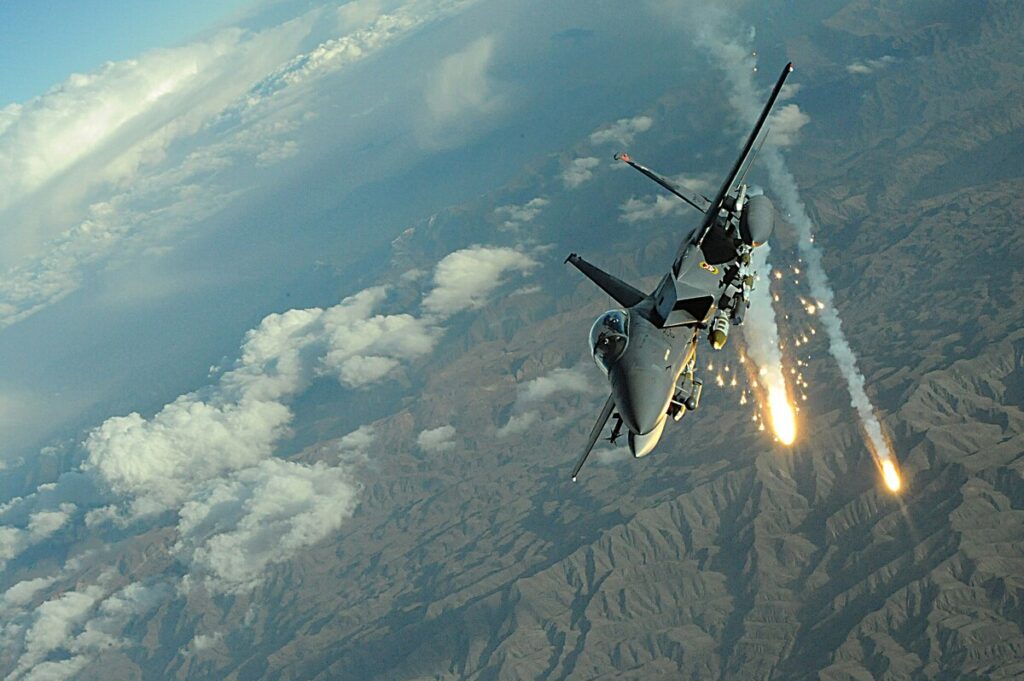
How an F-15E scored its only air-to-air kill… with a bomb

The military roots of Juneteenth and why we celebrate it

BUD/S instructors have their favorite games to make SEAL candidates suffer
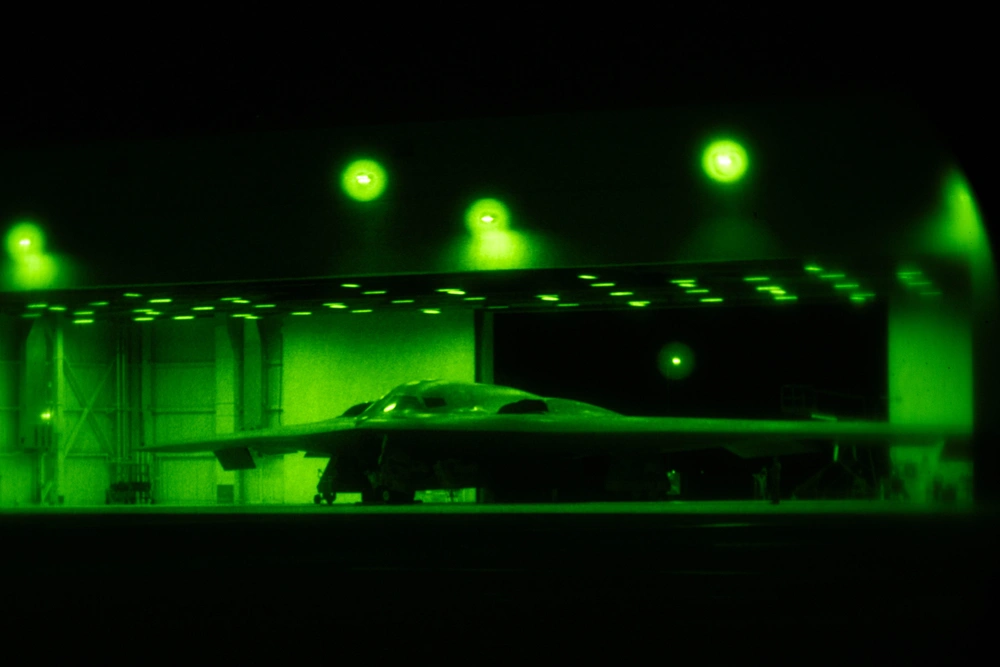
Operation Midnight Hammer: How American stealth bombers struck Iran’s nuclear facilities
Sandboxx News
-

‘Sandboxx News’ Trucker Cap
$27.00 Select options This product has multiple variants. The options may be chosen on the product page -

‘AirPower’ Classic Hoodie
$46.00 – $48.00 Select options This product has multiple variants. The options may be chosen on the product page -

‘AirPower’ Golf Rope Hat
$31.00 Select options This product has multiple variants. The options may be chosen on the product page -

‘Sandboxx News’ Dad Hat
$27.00 Select options This product has multiple variants. The options may be chosen on the product page
